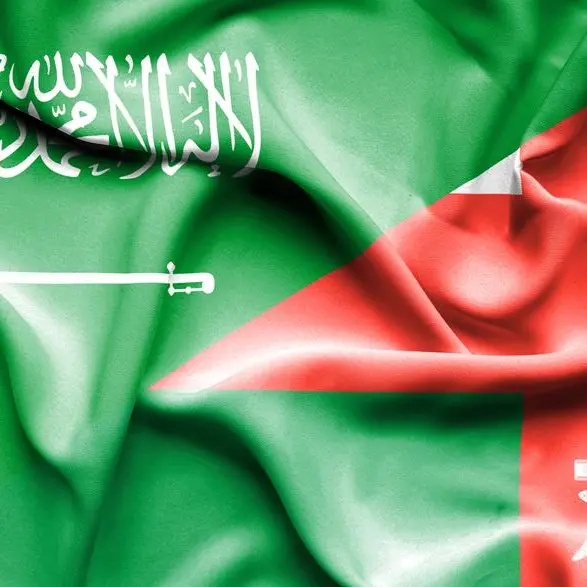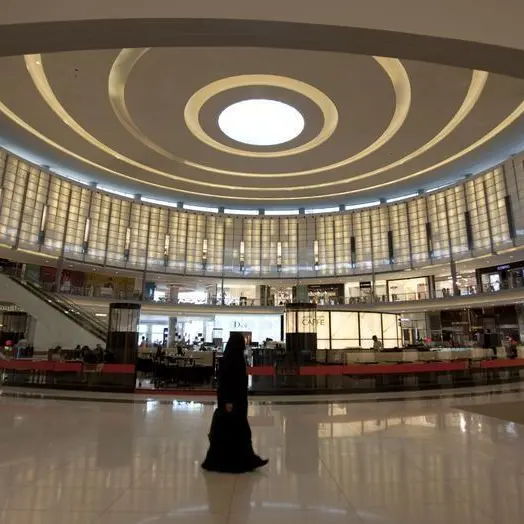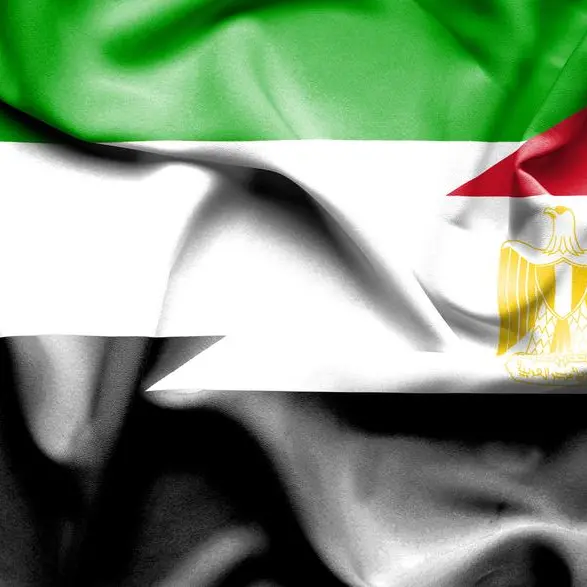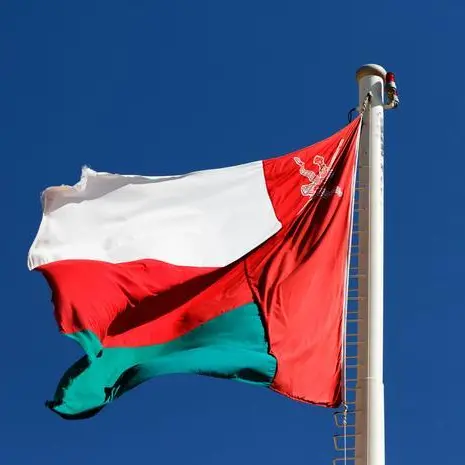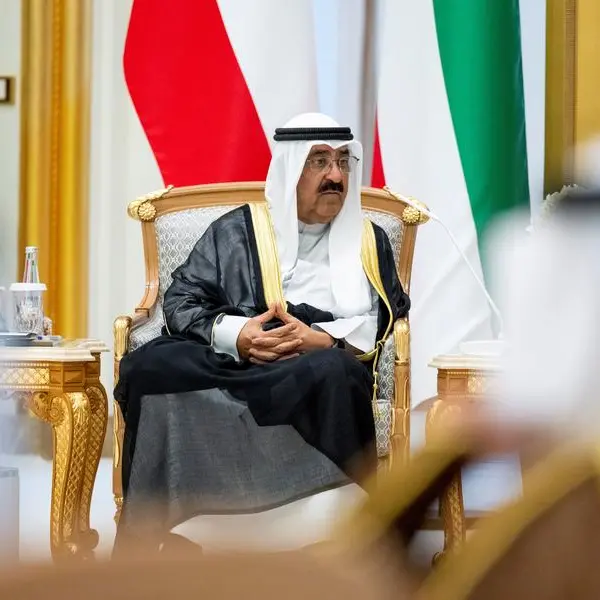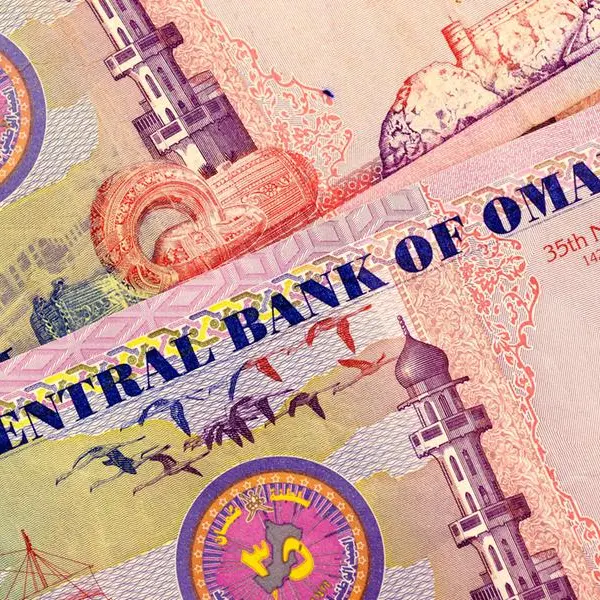PHOTO
Saudi Arabia’s newly announced domestic investment programme confirms the focus on economic diversification and a shift in the growth model towards capital accumulation, said the latest BofA Global Research report.
“We estimate the overall investment program announced by the authorities aims to increase domestic investments from the SR4 trillion ($1.1 trillion) level realized over 2009-2018 to SR10 trillion ($2.7 trillion) over the next decade, marking a 150% increase,“ said Jean-Michel Saliba, Mena Economist/Strategist at Bank of America Merrill Lynch (BofAML).
The broader public sector (including the Public Investment Fund (PIF), Saudi Aramco and Sabic) are likely to take the lead, but the persistent funding gap suggests targets are unlikely to be met, it added.
Right incentives key to boost investments
Incentives to support domestic investments by large companies could be key to minimize costs within the Shareek SR5 trillion investment partnership program. Dividend cuts could be on the table, but likely on a case-by-case basis. The Shareek program does not mention funding avenues for the investment targets. This could suggest there could be leeway to negotiate plans and funding with the government. However, the returns on government-mandated investments would be key to monitor, the BofA report said.
Cautious energy policy to underpin Aramco and the budget
A possible reduction of Saudi Aramco's dividend to the sovereign, but a desire to minimize the impact on fiscal oil revenues suggests energy policy could be geared to support oil prices. Planned stable central government spending over 2021-30 potentially exposes the budget to oil price volatility if fiscal discipline loosens. Sell-downs of Aramco or PIF stocks could help fund investments. The inclusion of Sabic in Shareek suggests domestic petrochemical feedstock prices could remain competitive, according to the report.
Banks - precedents show Shareek could be positive
Past precedents (covid-19 schemes) suggest the Shareek program could be a highly beneficial scheme if the terms are right, according to BofA.
If banks are asked to reduce dividends to allow greater lending, incentives could include access to low-cost and long-duration deposits (to augment margins), loan guarantees against more risky small and medium-sized enterprises (SME) debt, and potential regulatory concessions.
Saudi Aramco - at the centre of the investment program
Saudi Aramco could easily maintain and even enhance the dividends for minority shareholders, while limiting the government portion of the dividends in favour of higher investments. Aramco's robust balance sheet is likely to allow it to accommodate additional leverage to support any government-sponsored projects, especially if accompanied with the right tax incentives and support programs. – TradeArabia News Service
Copyright 2021 Al Hilal Publishing and Marketing Group Provided by SyndiGate Media Inc. (Syndigate.info).

